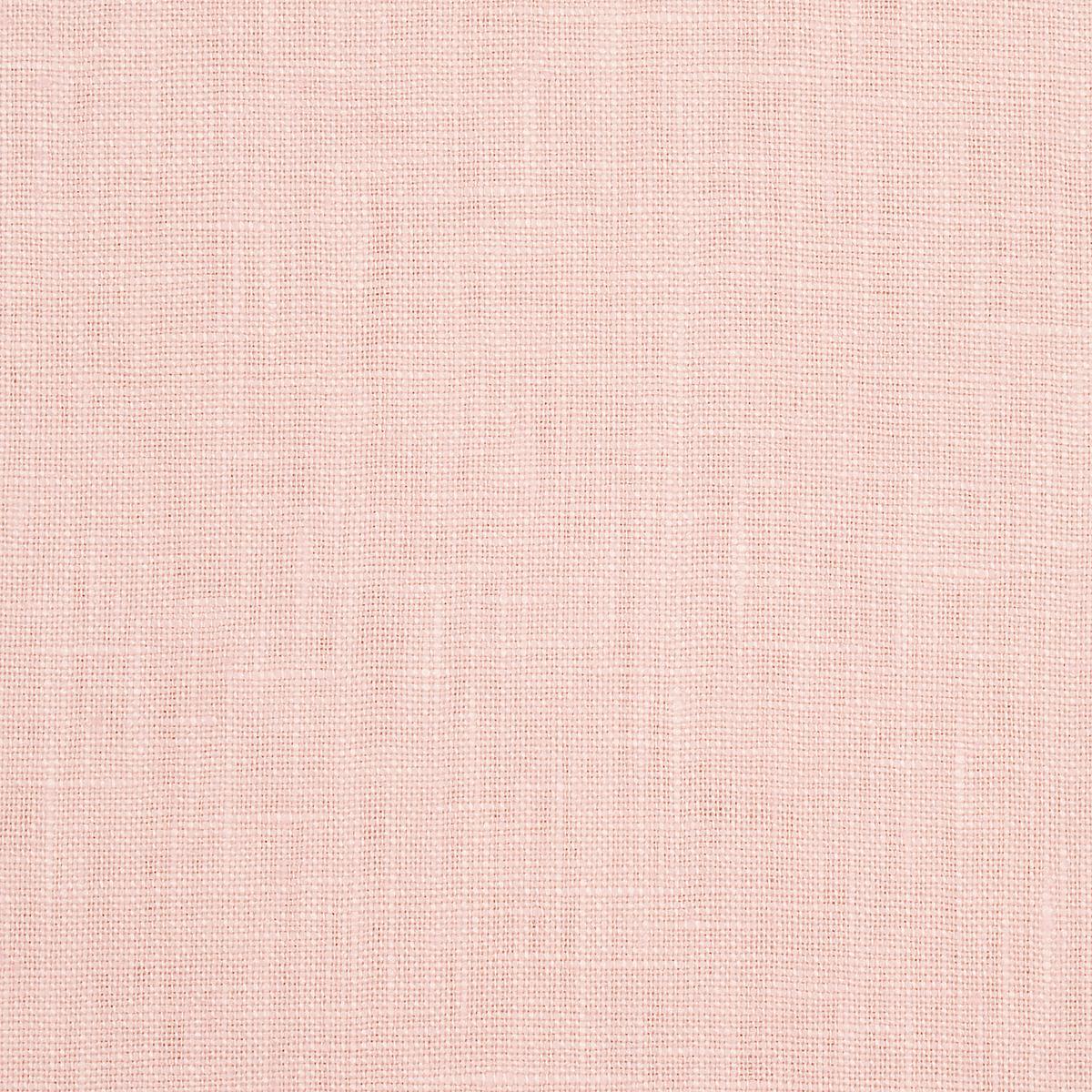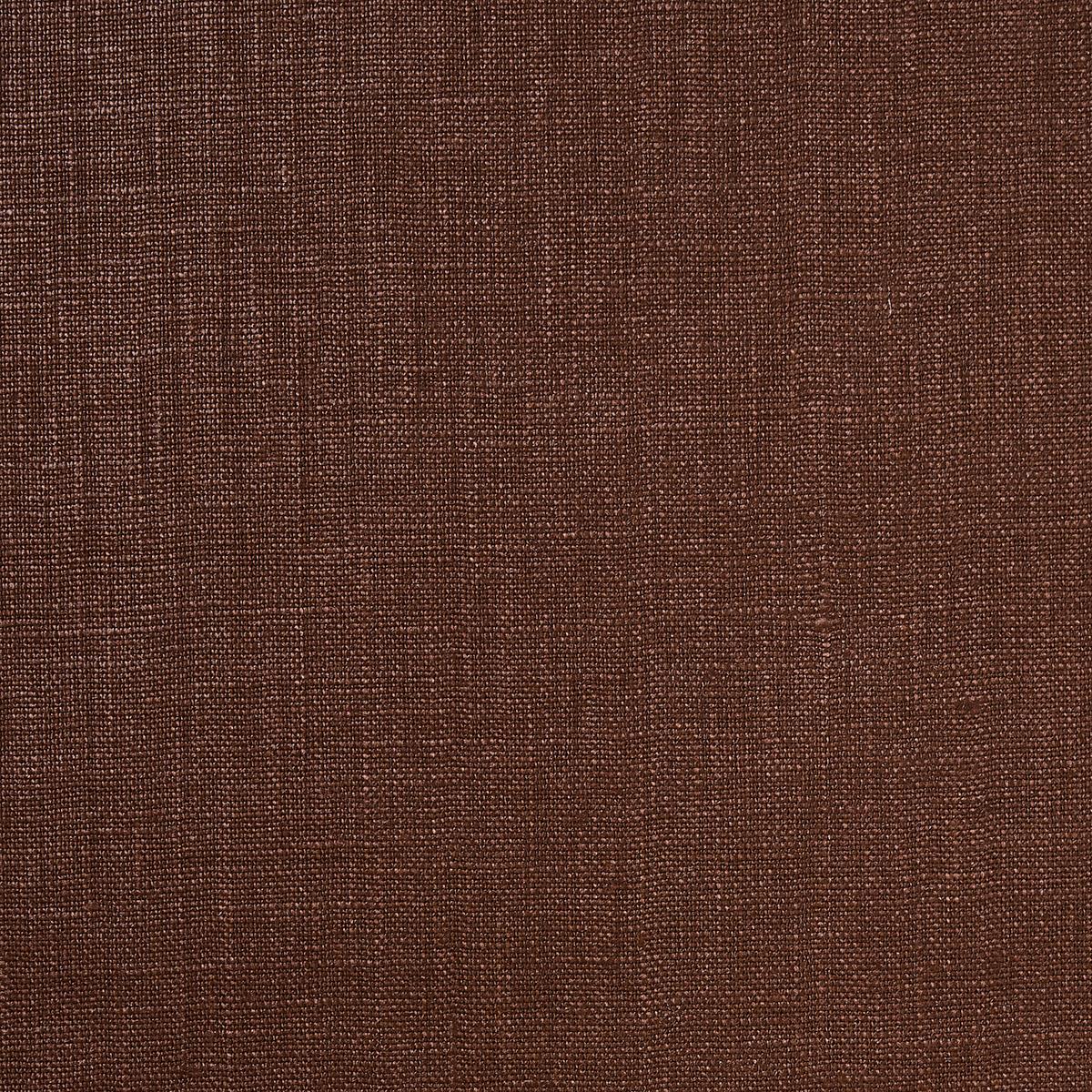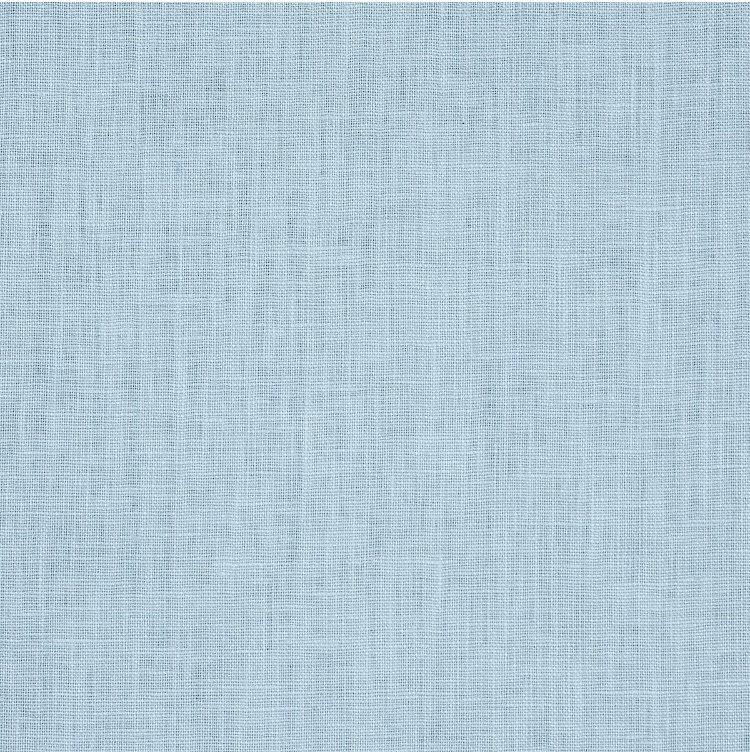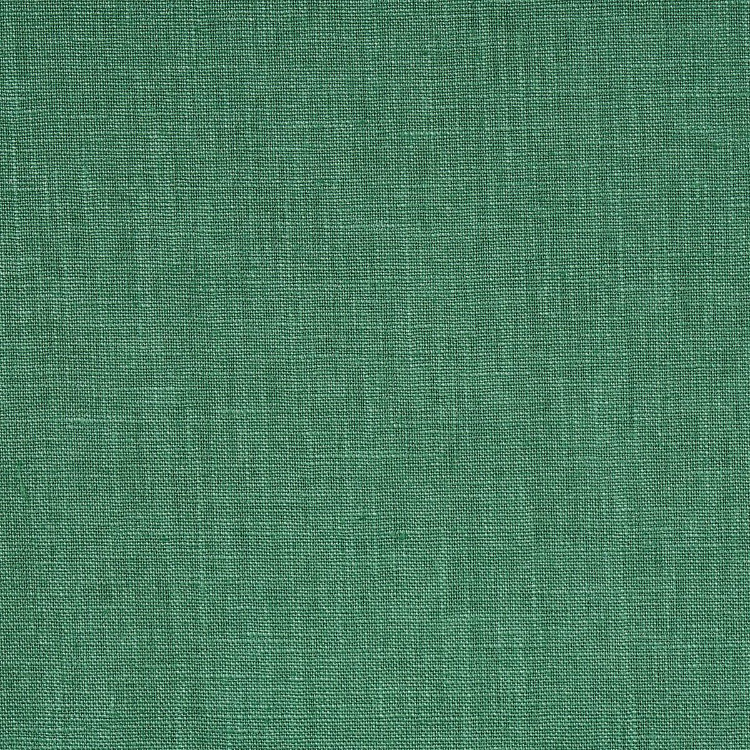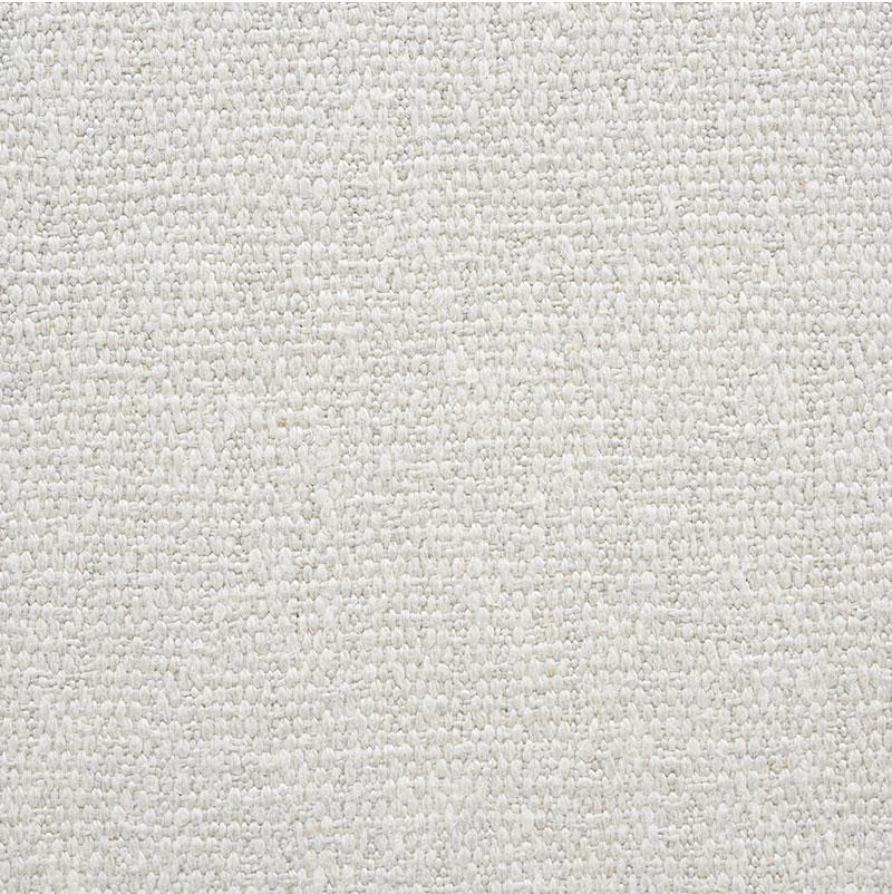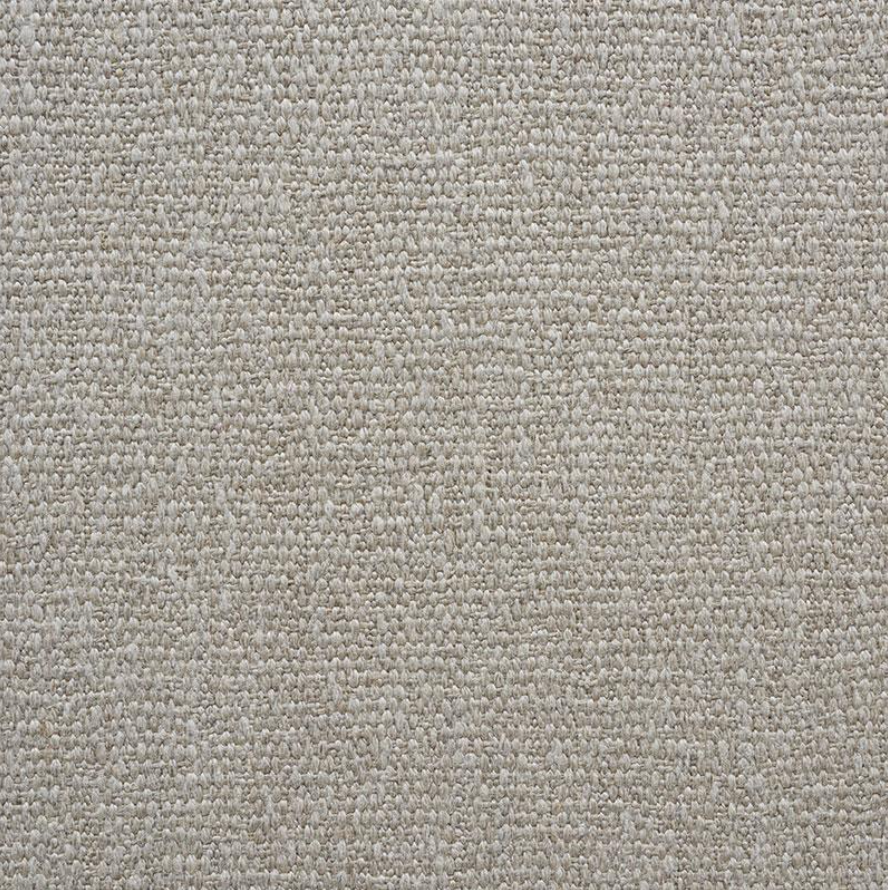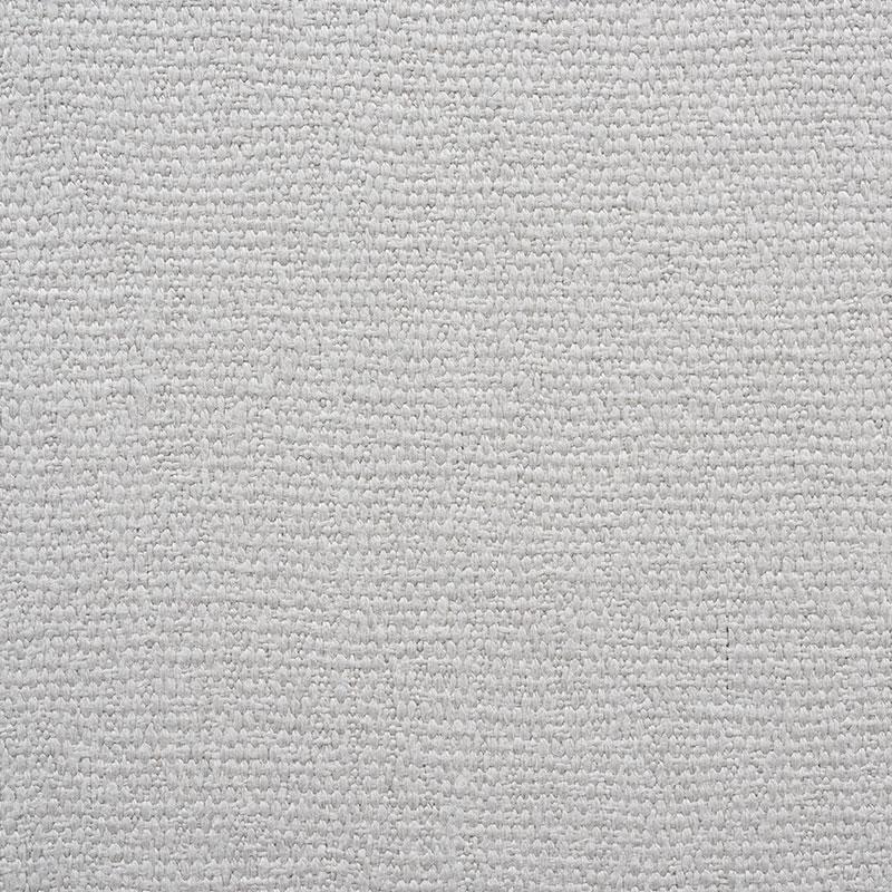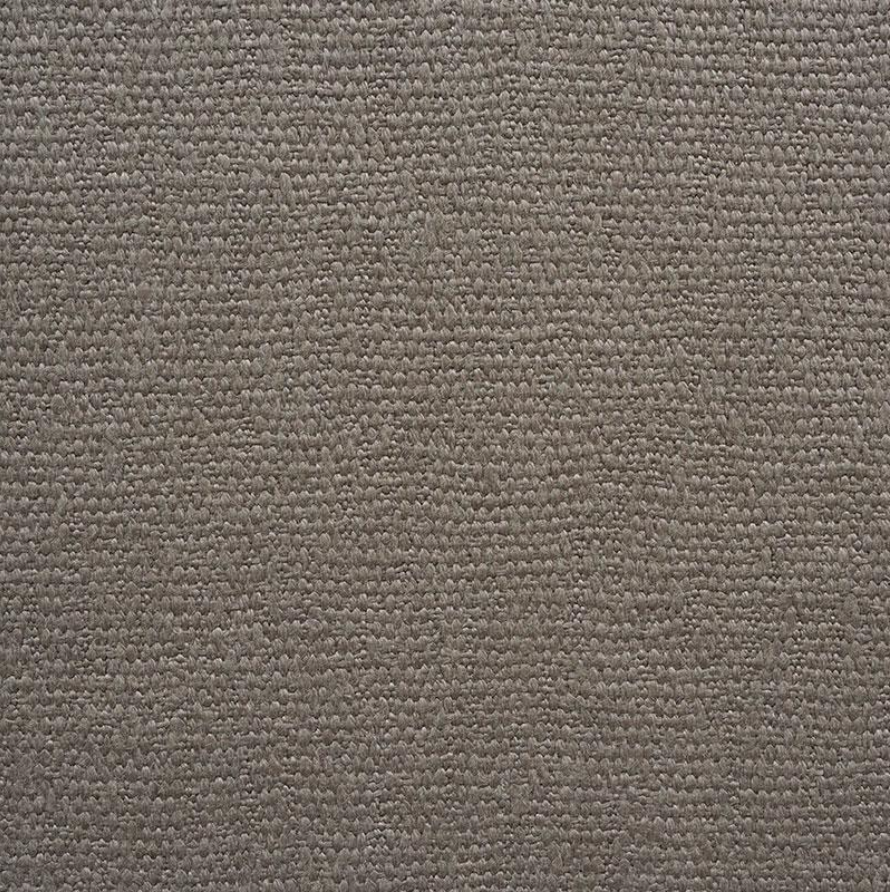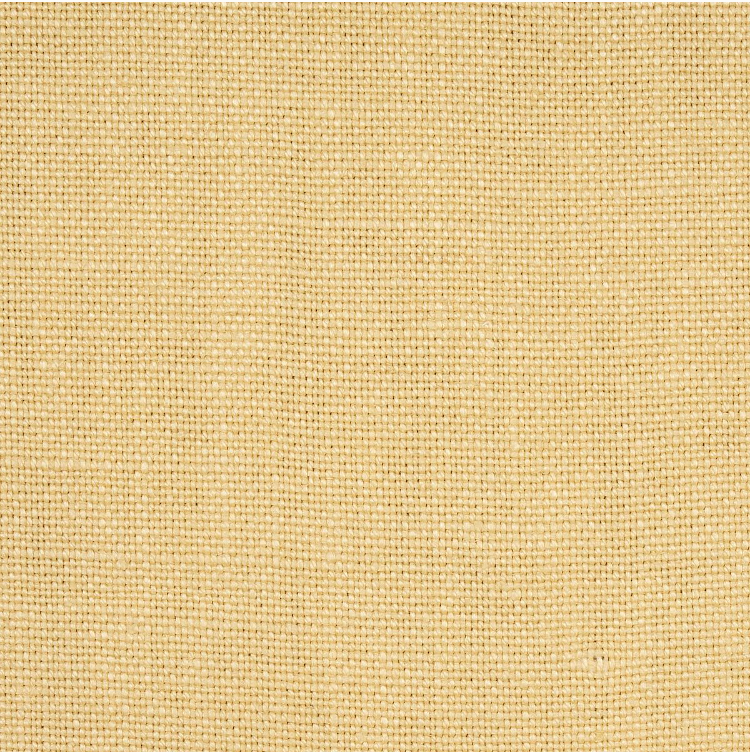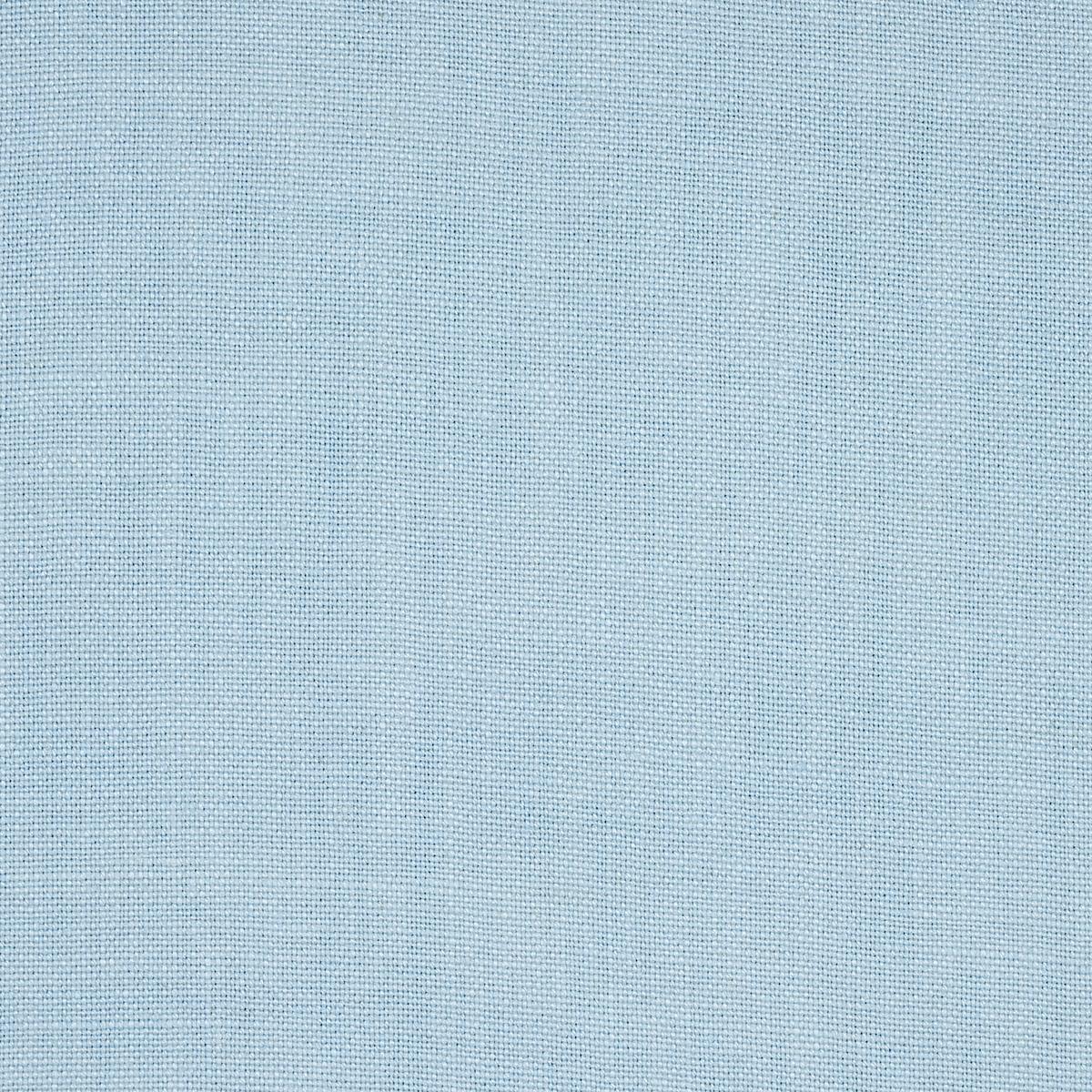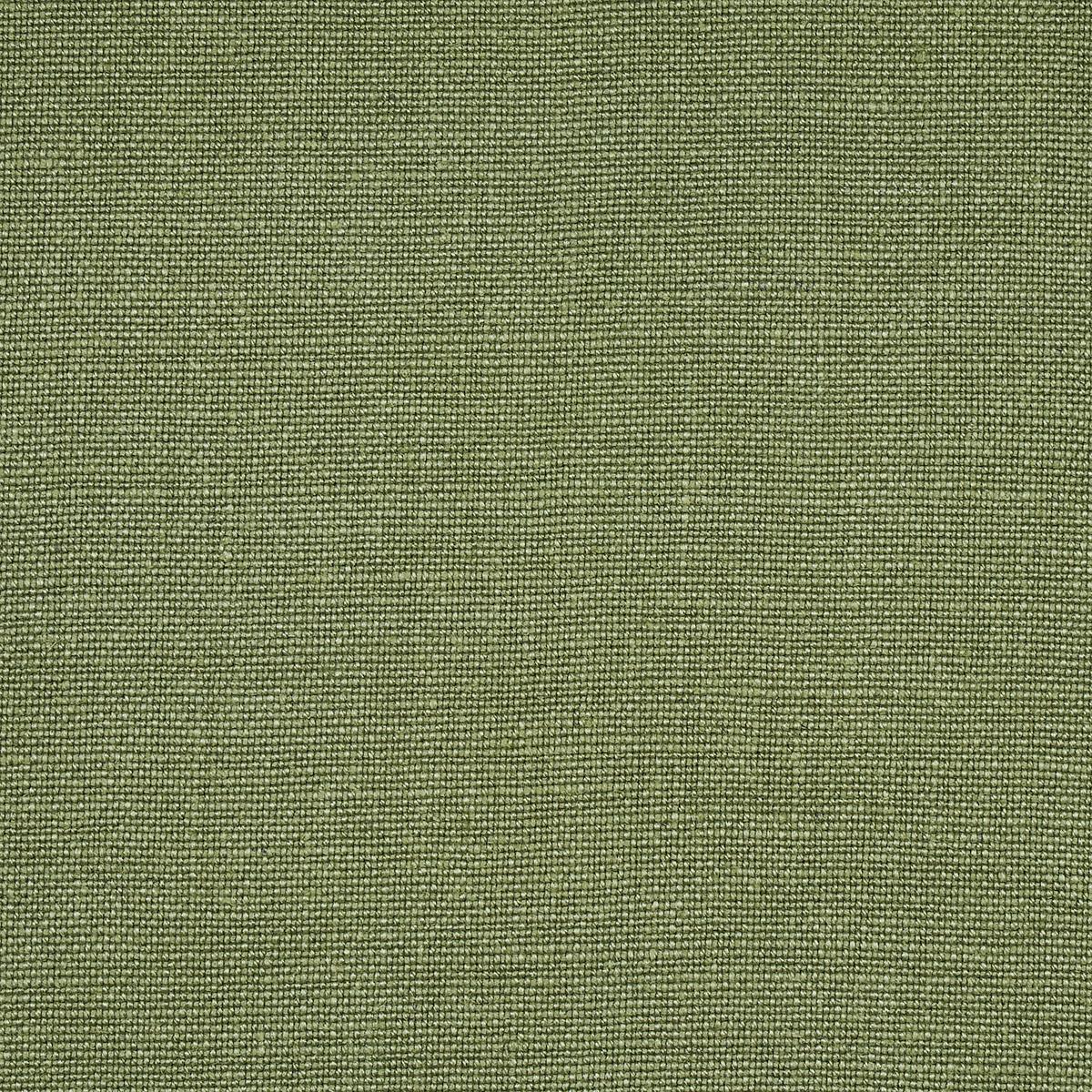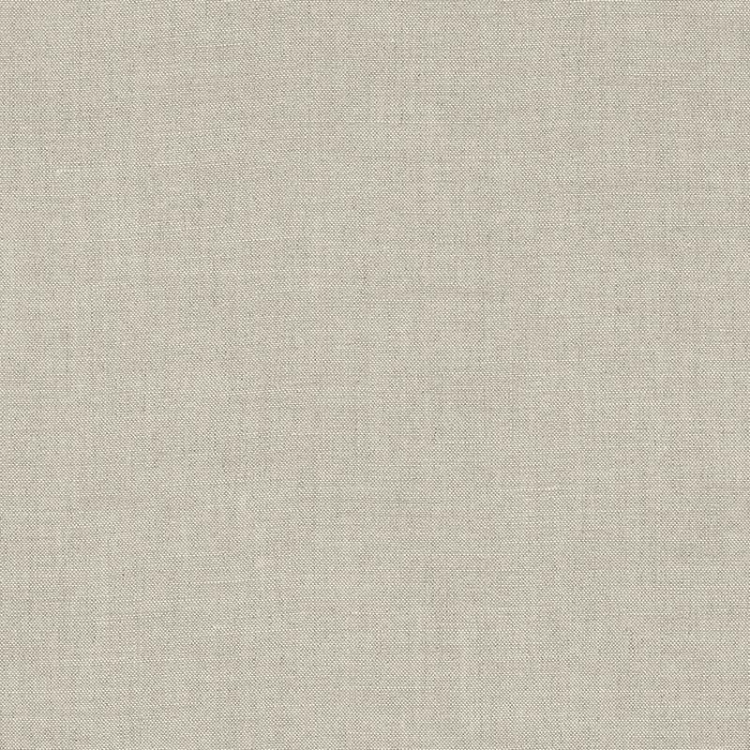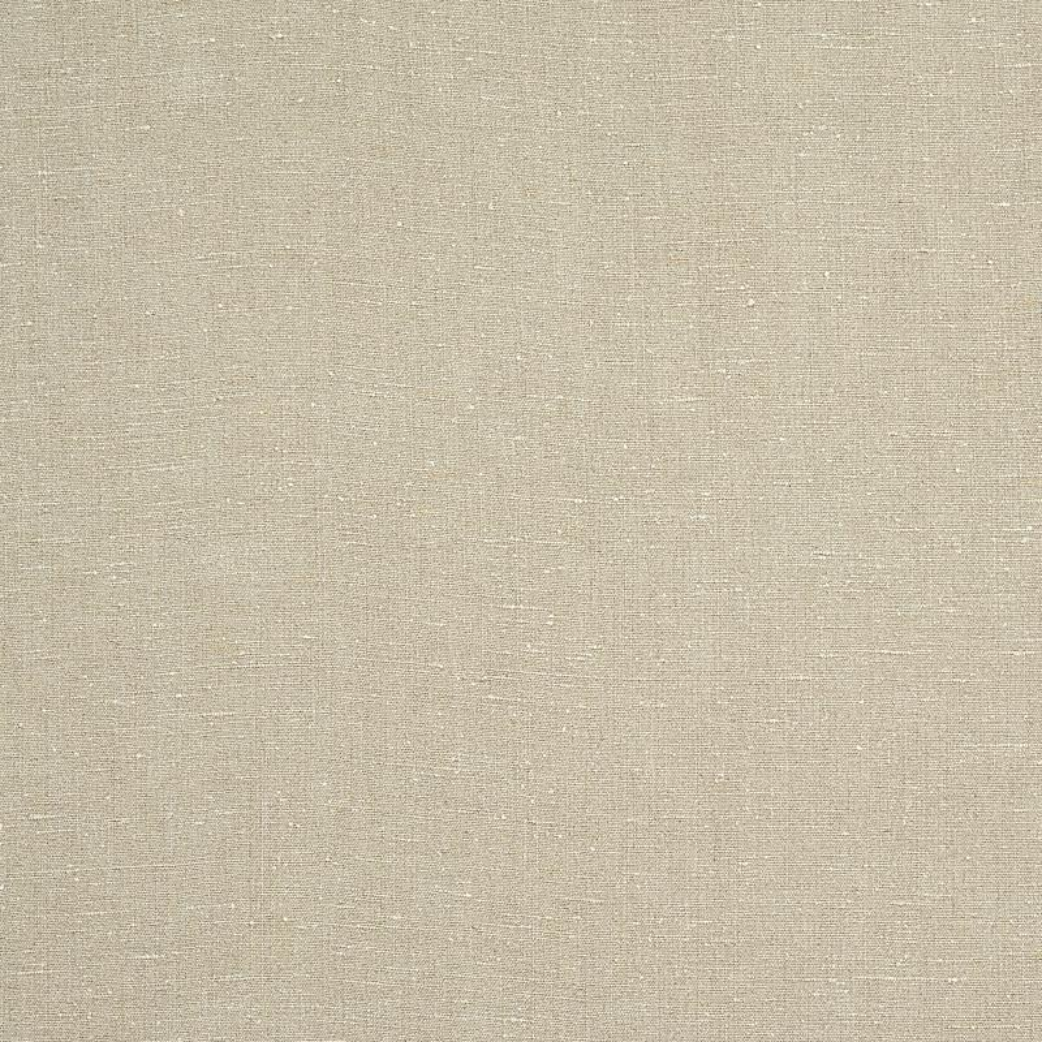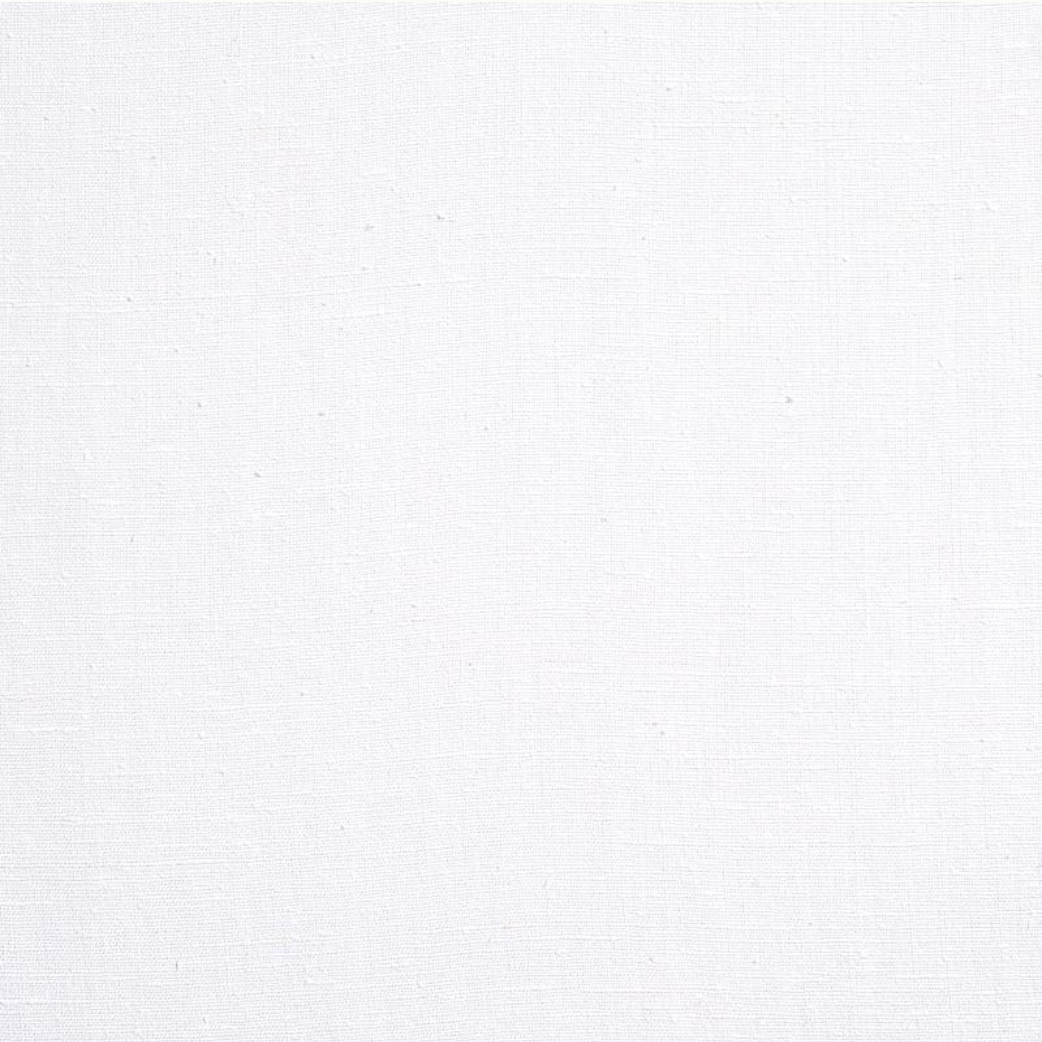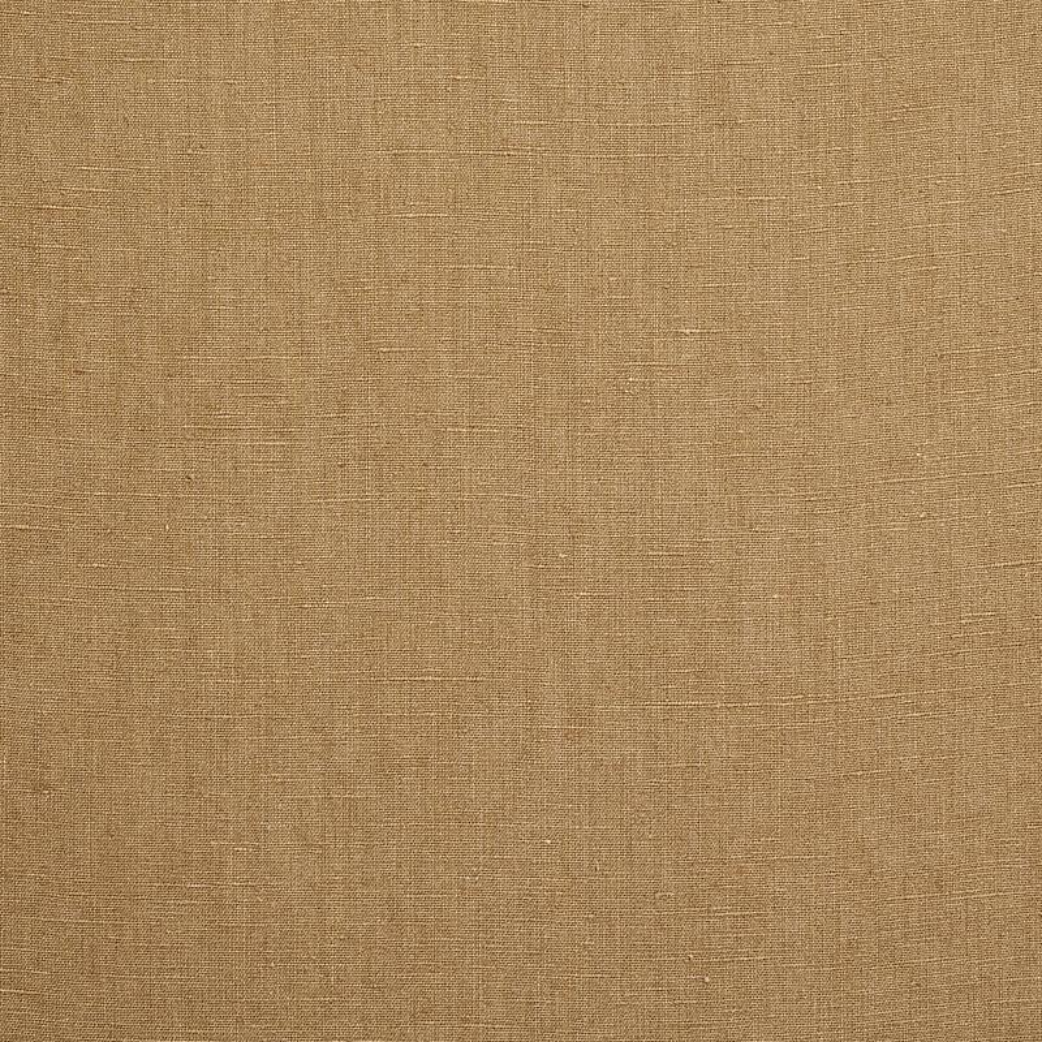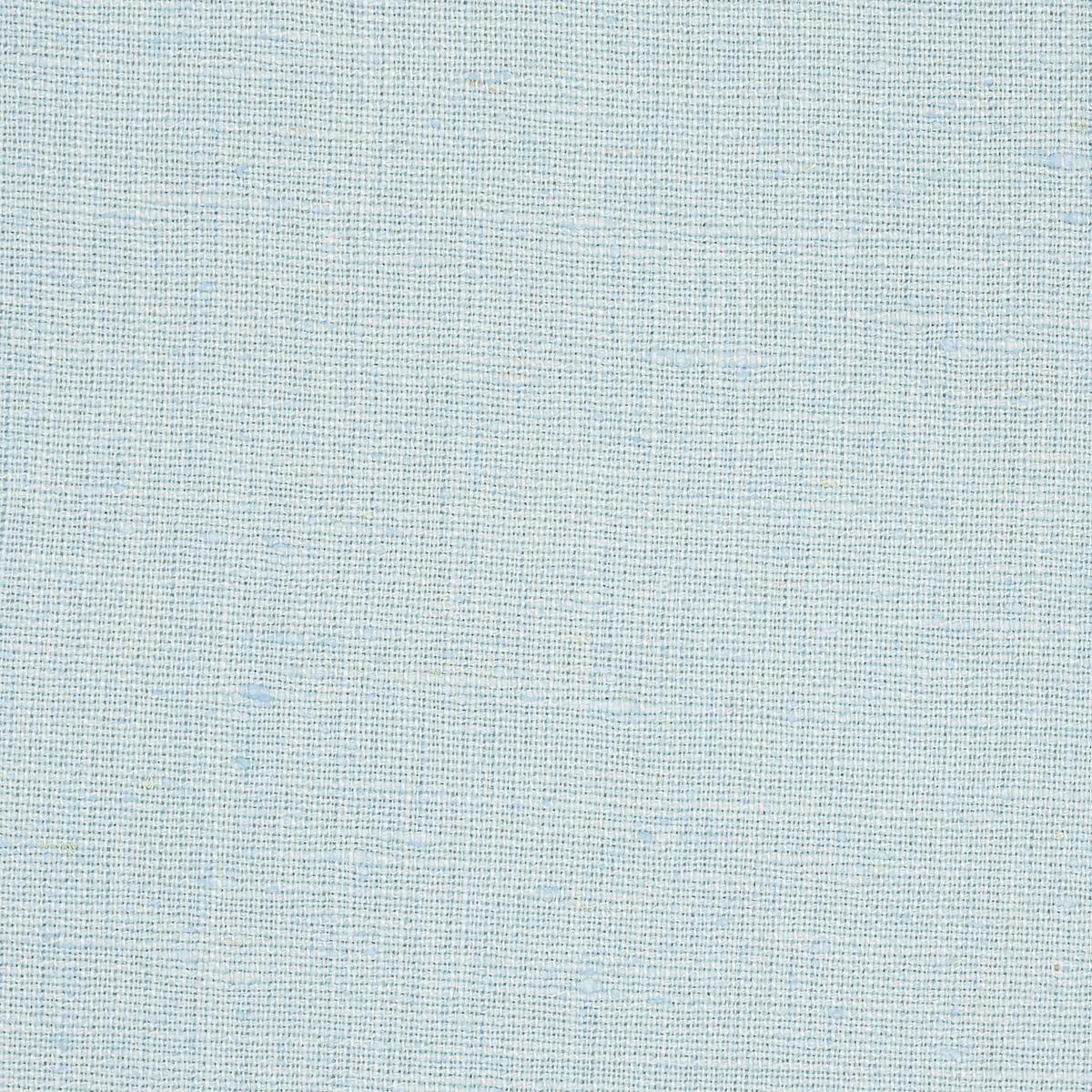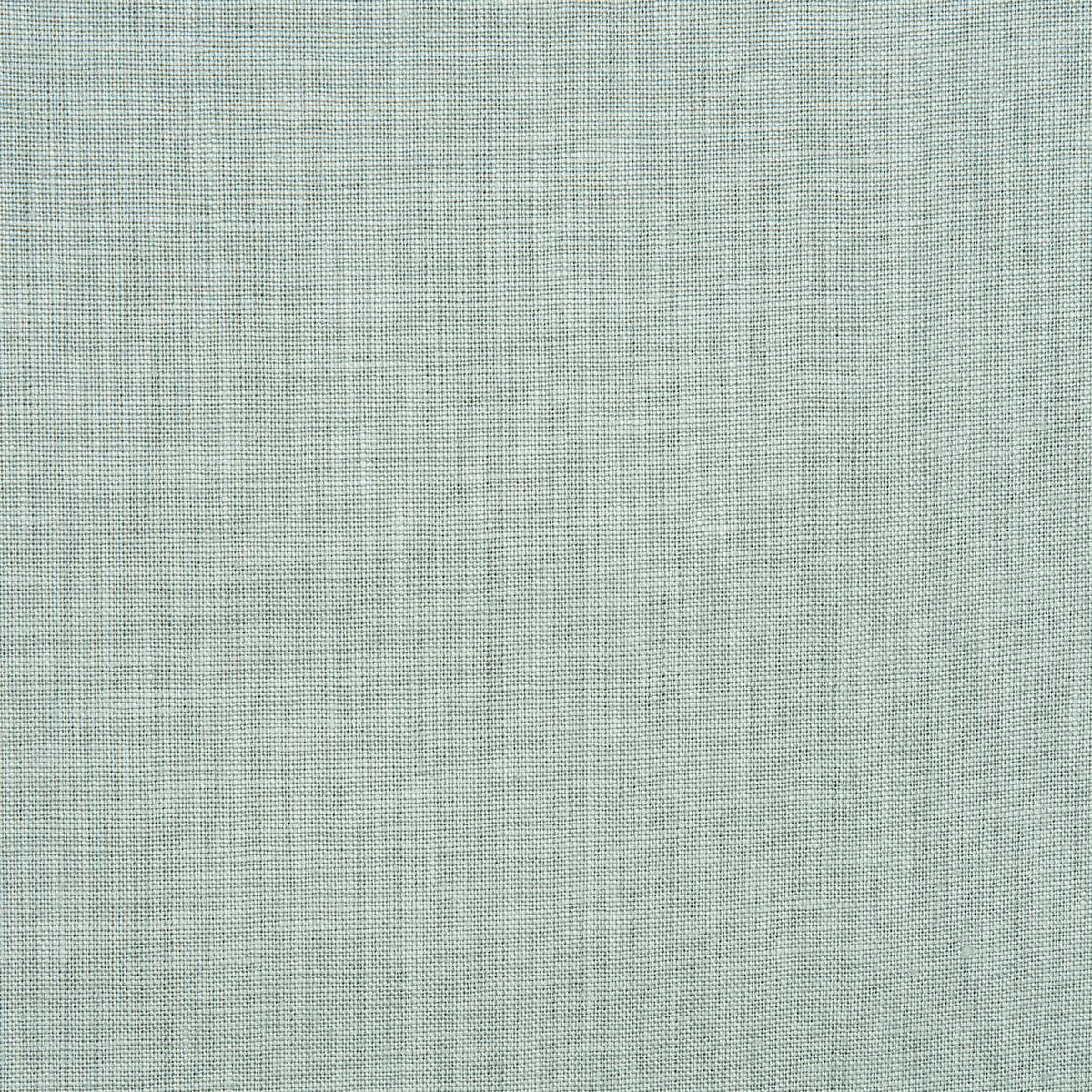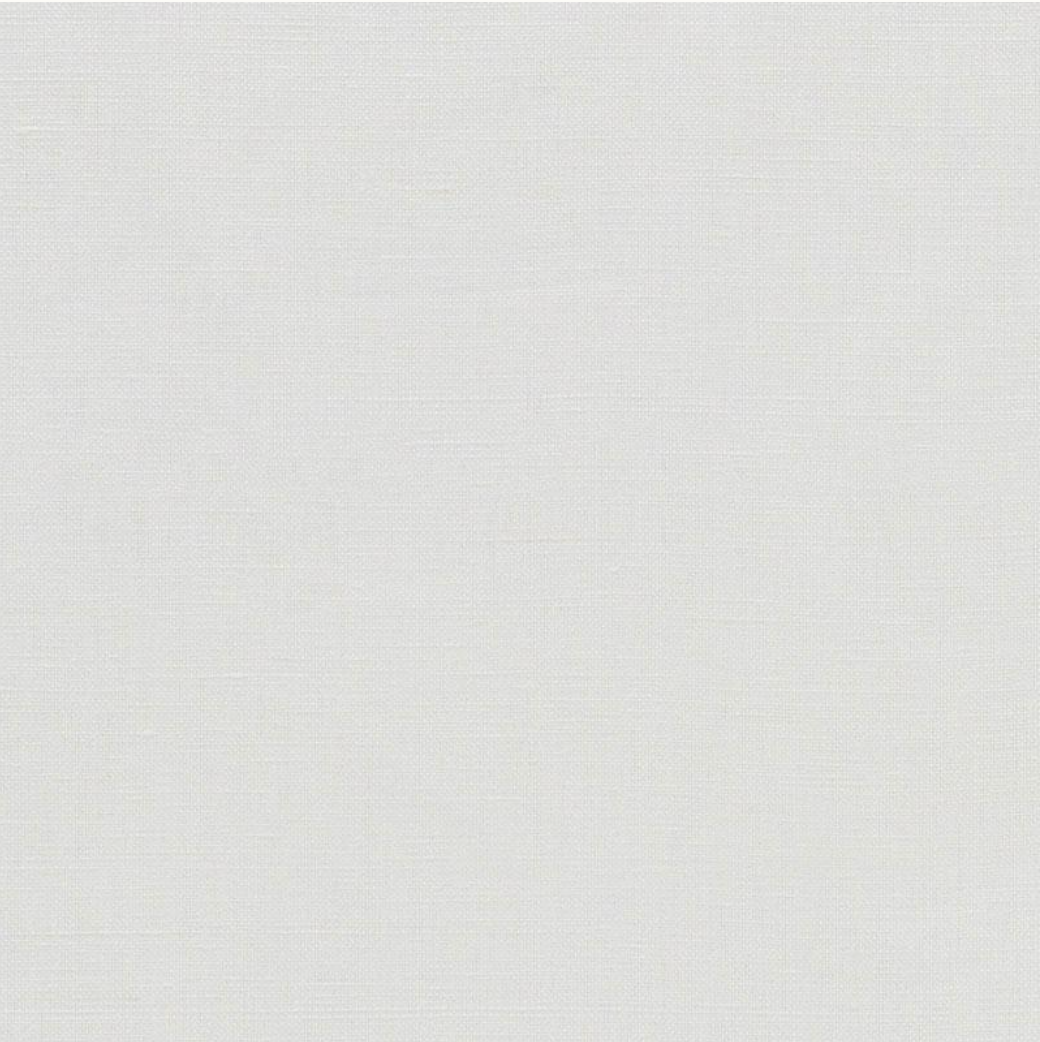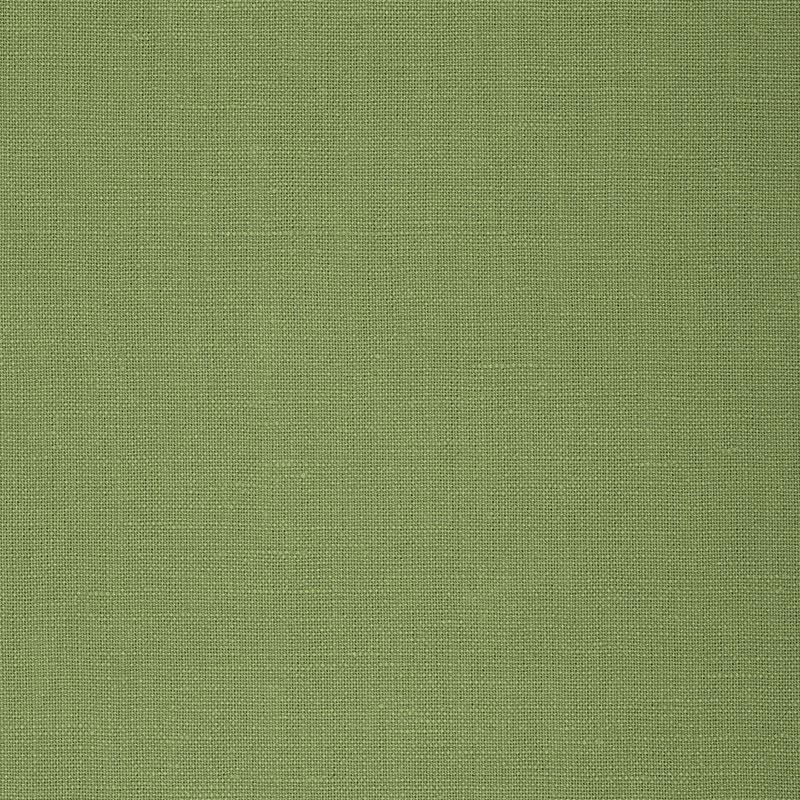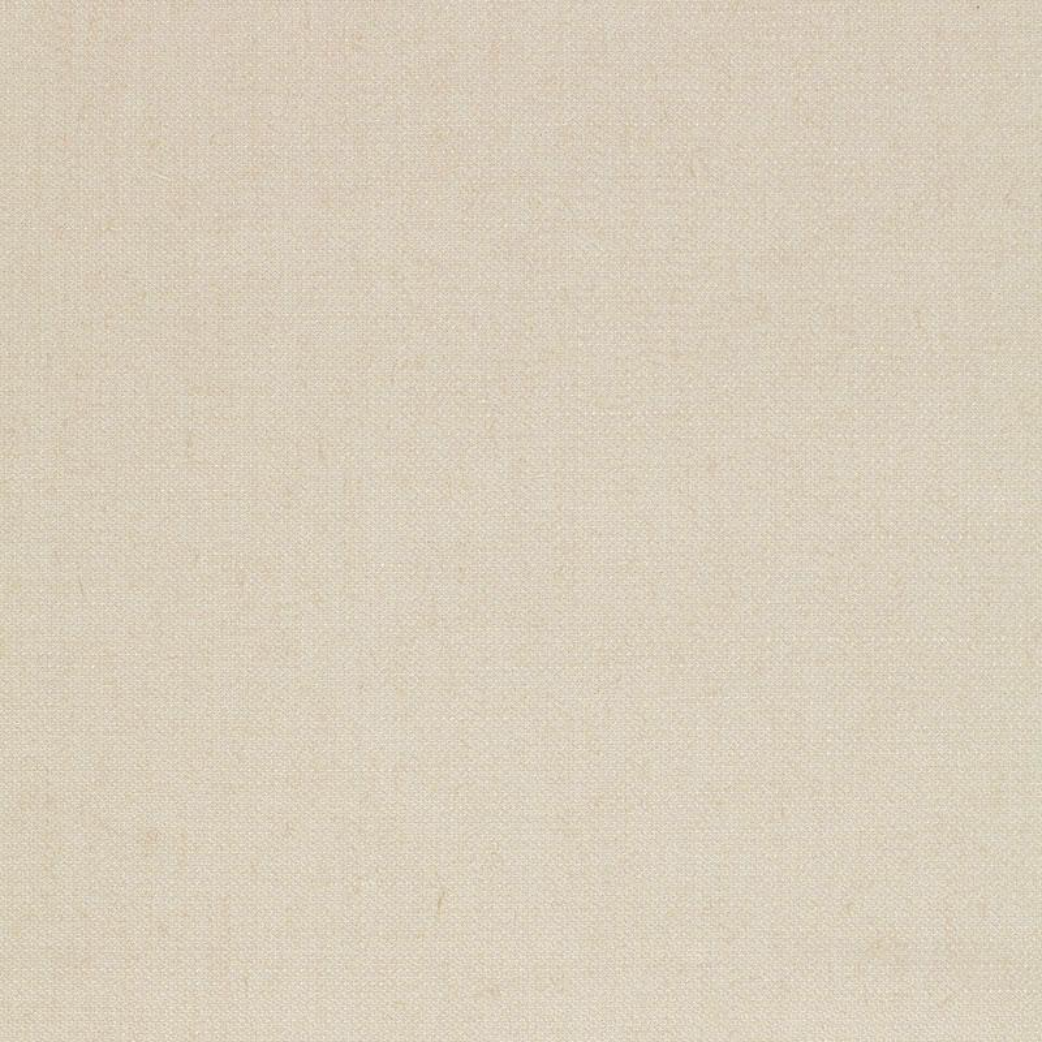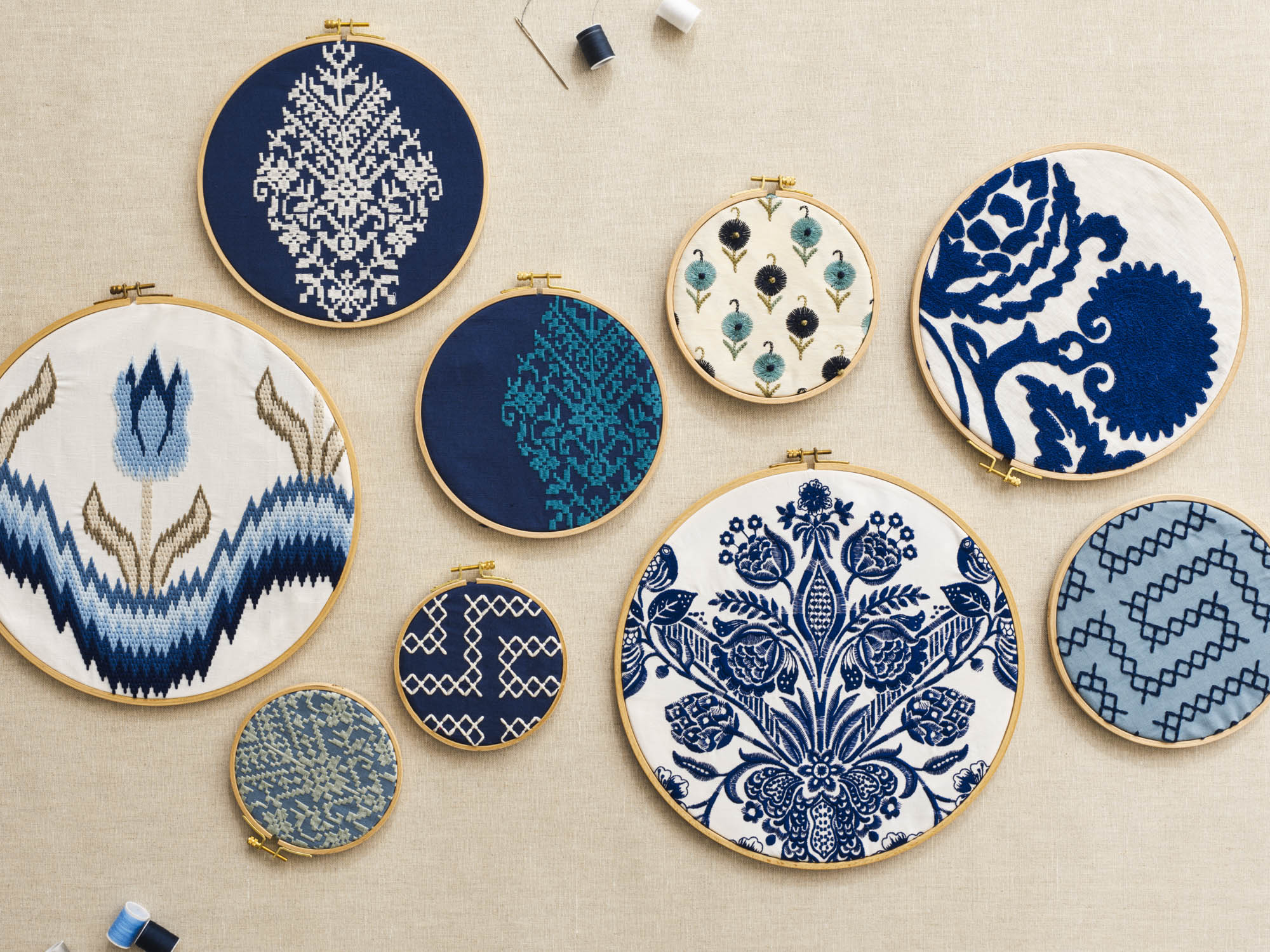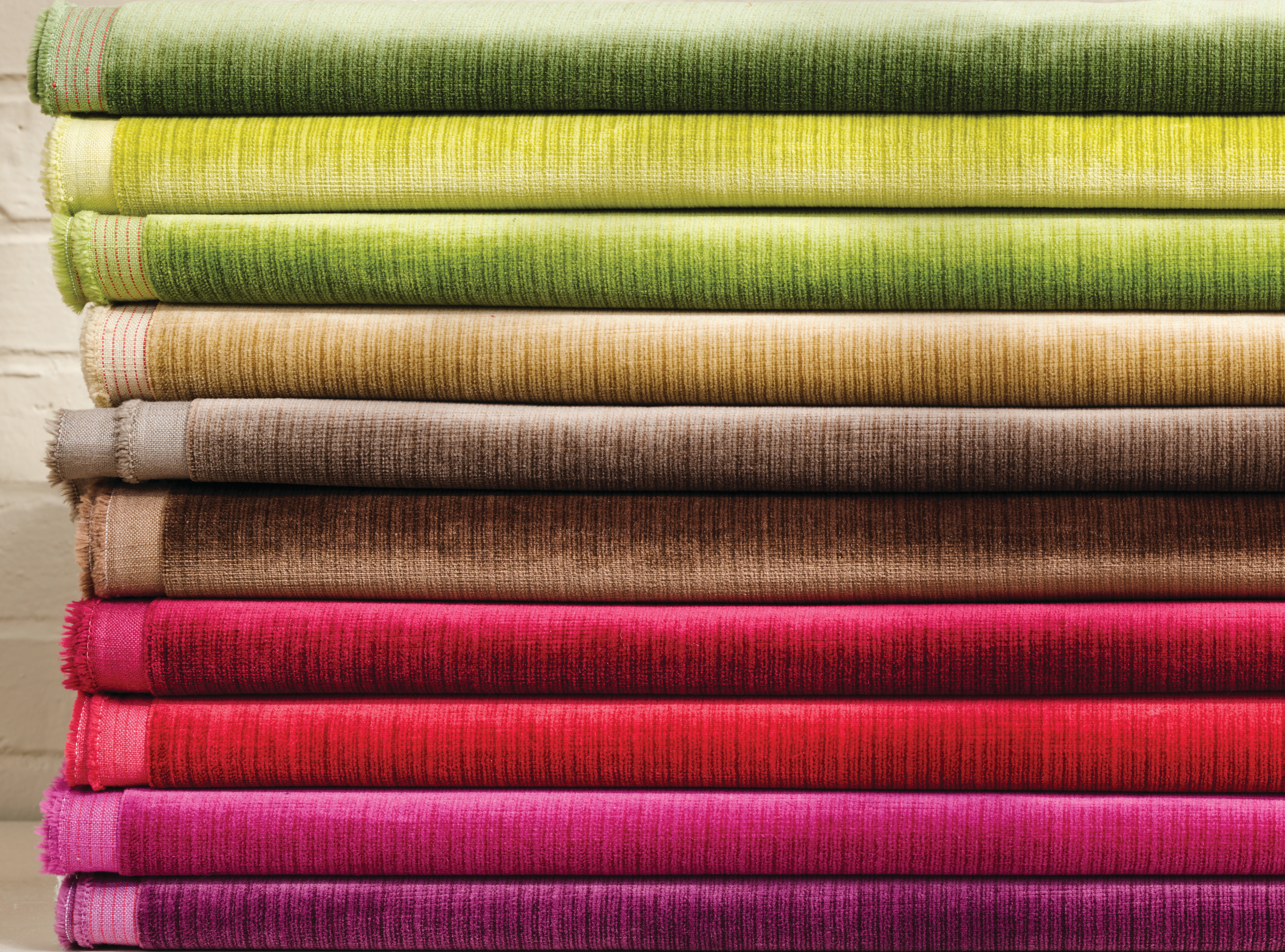There’s something inherently romantic about things with a long history—especially when they’re beautiful. Linen fabric, for example. At once chic and breezy, linen instantly telegraphs a super-sophisticated nonchalance, as if it’s saying “What? This old thing? It’s been around forever.” In linen’s case, it kind of has. Fragments of woven fabric dating back to 3900 B.C. have been found in Neolithic settlements in Switzerland; pristine linen has been uncovered in Ancient Egyptian tombs; and linen makes multiple appearances in the Bible. In more modern times—the 18th century, to be a bit more exact—linen production was important to several European economies, and most American colonists grew flax to make homespun textiles and clothing. It was so ubiquitous that several words were derived from it: lining, lingerie, linens and even line (because flax thread was once the most common way to create a straight line).
No wonder linen has a certain romantic refinement today. We humans have had eons to perfect how it’s grown, processed and woven.
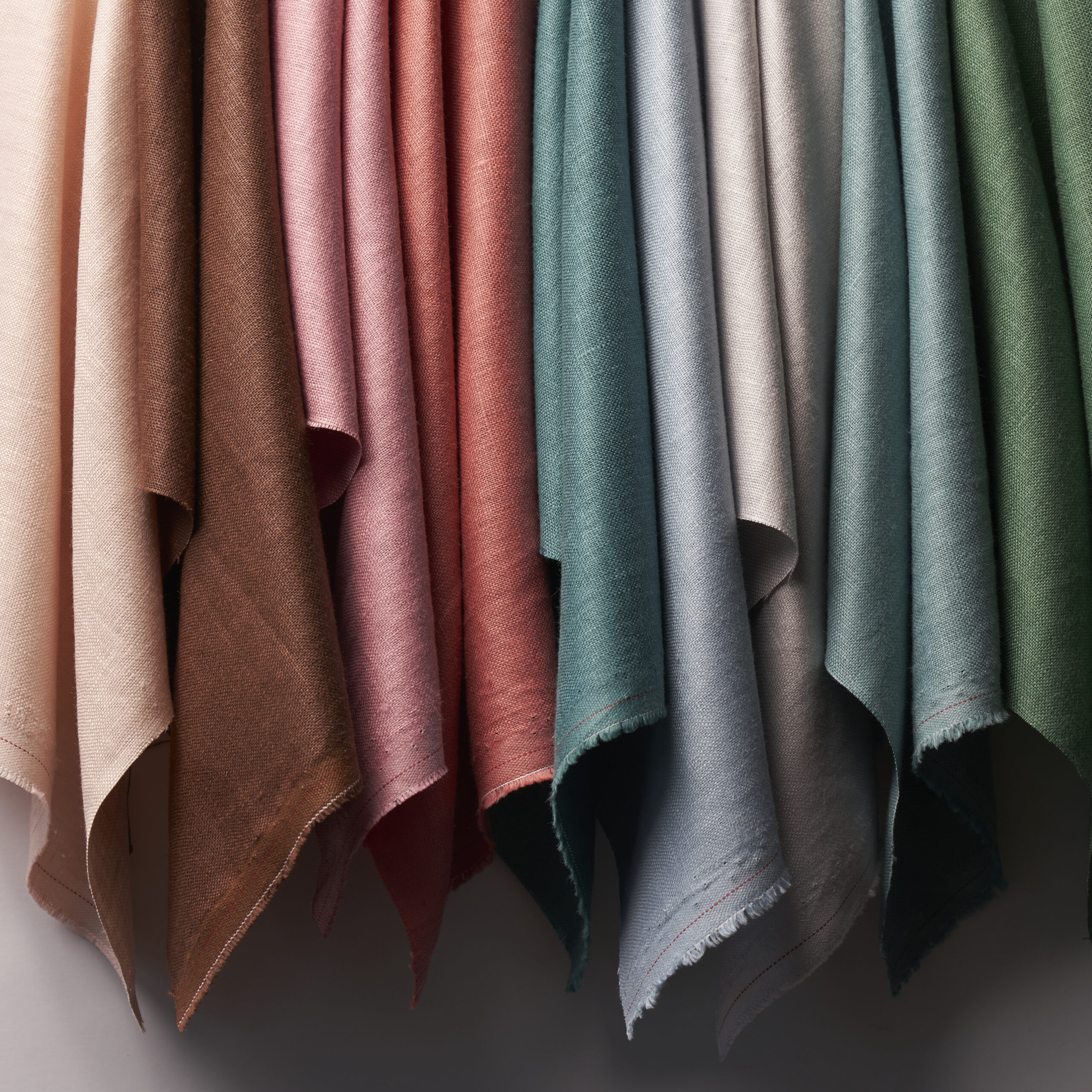
Schumacher’s Lange Glazed Linen is a fine-spun Italian linen with a crisp glazed finish that feels elevated and fresh.
From Field to Fabulous: How Linen Is Made
Linen fabric is made from flax, a slender plant that grows to a height of three to four feet and produces beautiful blue flowers that fill the fields in early summer. After blooming, the flax is pulled—not cut—to produce the longest fibers possible. It’s then left in the fields for retting, a process that relies on alternating days of sun, dew and rain to break down and loosen the fibers and impart a natural beige color. Afterward, the stalks are winnowed and subjected to scutching and hackling: multi-step processes that remove the seeds (known as linseed in the U.K. and flaxseed in the U.S.), break the woody stems and comb the fibers, separating the long, luxurious strands from the short, low-quality ones (which are made into coarser yarns).
The long, luxurious fibers have a natural luster that makes them coveted for use in the finest textiles. Up to three feet long, they are surprisingly strong and ideal for spinning into thread and weaving into high-quality textiles with a rich, subtle sheen and smooth hand.
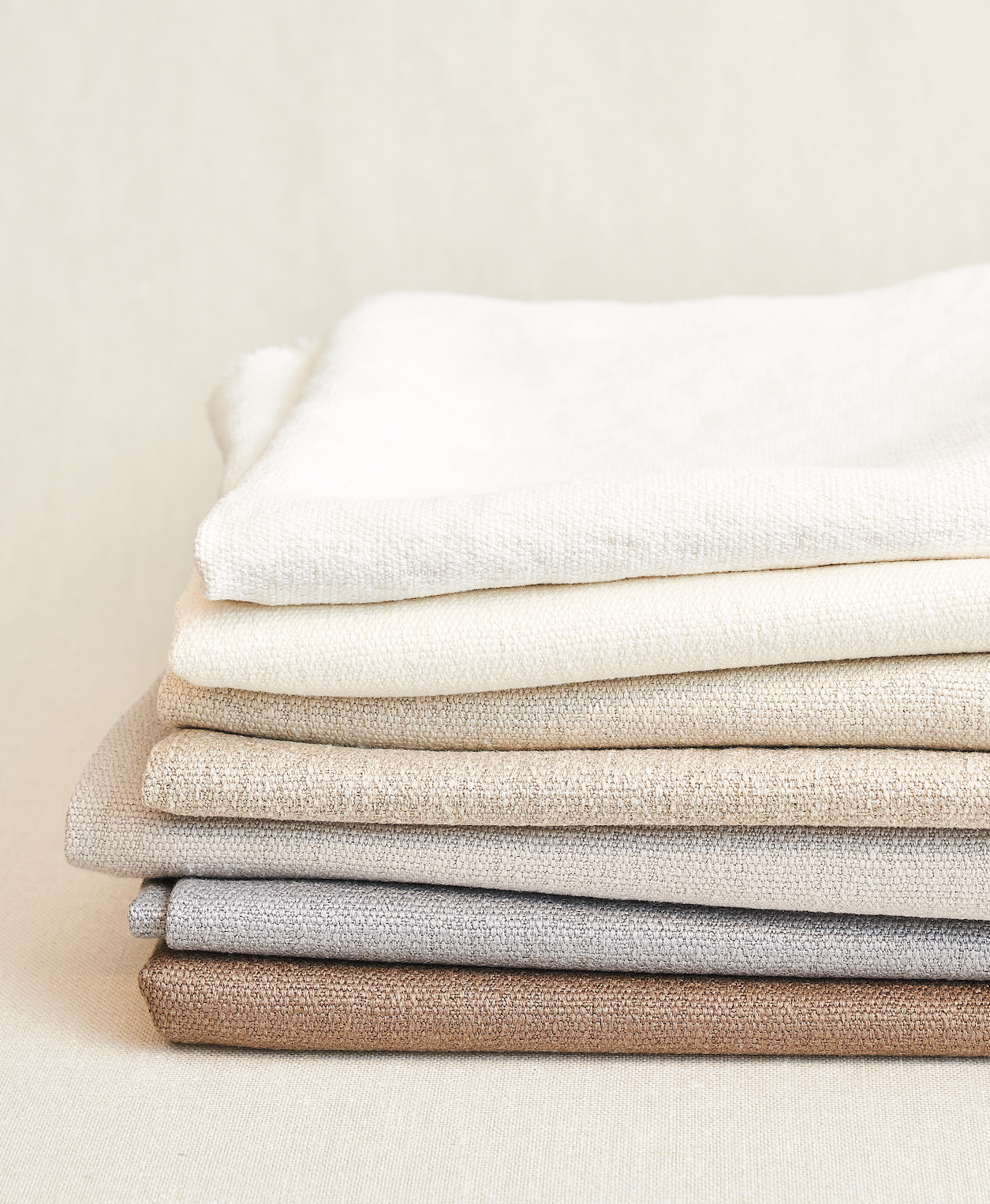
Produced in Belgium, Schumacher’s Finn Heavyweight Linen owes its luxurious texture to a special jacquard weave. It’s also water- and stain-resistant, making it an ideal upholstery solid.
All the Best Linen Comes From Europe—What Gives?
As it turns out, producing long, lustrous fibers requires some pretty ideal growing conditions.
Flax thrives in cool, sunny and moist climates, such as the coast of Belgium, the Netherlands and the north of France. Flax grown in these regions is usually processed the natural way—left in the fields, where it develops its coveted sheen and golden color. Flax grown in regions with poorer growing conditions—China and Eastern Europe, for example—tends to be shorter. It requires more fertilizers and pesticides, and the retting process takes place in tanks with the aid of chemicals, which weaken the fibers and harm the environment.
What’s more, Belgian linen must adhere to high quality standards set by a trade association that represents more than 1,500 artisans. Irish linen is similarly regulated by the Irish Linen Guild, while mills in Italy and Scotland are known not only for sourcing the finest European yarns, but for their skillful weaving, too. For all these reasons, European linen is generally worth the hype—and the price tag.
What Makes Linen So Special?
Linen is so extraordinary that even linen of middling quality has very special characteristics. The long fibers are especially strong, which means linen fabric is extremely durable and stain-resistant and doesn’t pill or shed. It’s also highly absorbent, naturally odor-resistant and dries quickly, which is why linen is a famous companion to hot weather. What’s more, it’s easy to care for and can withstand high temperatures, so it can be washed, steamed, ironed or dry-cleaned. It’s impervious to moths and carpet beetles, and when its useful life is over, it naturally biodegrades in soil.
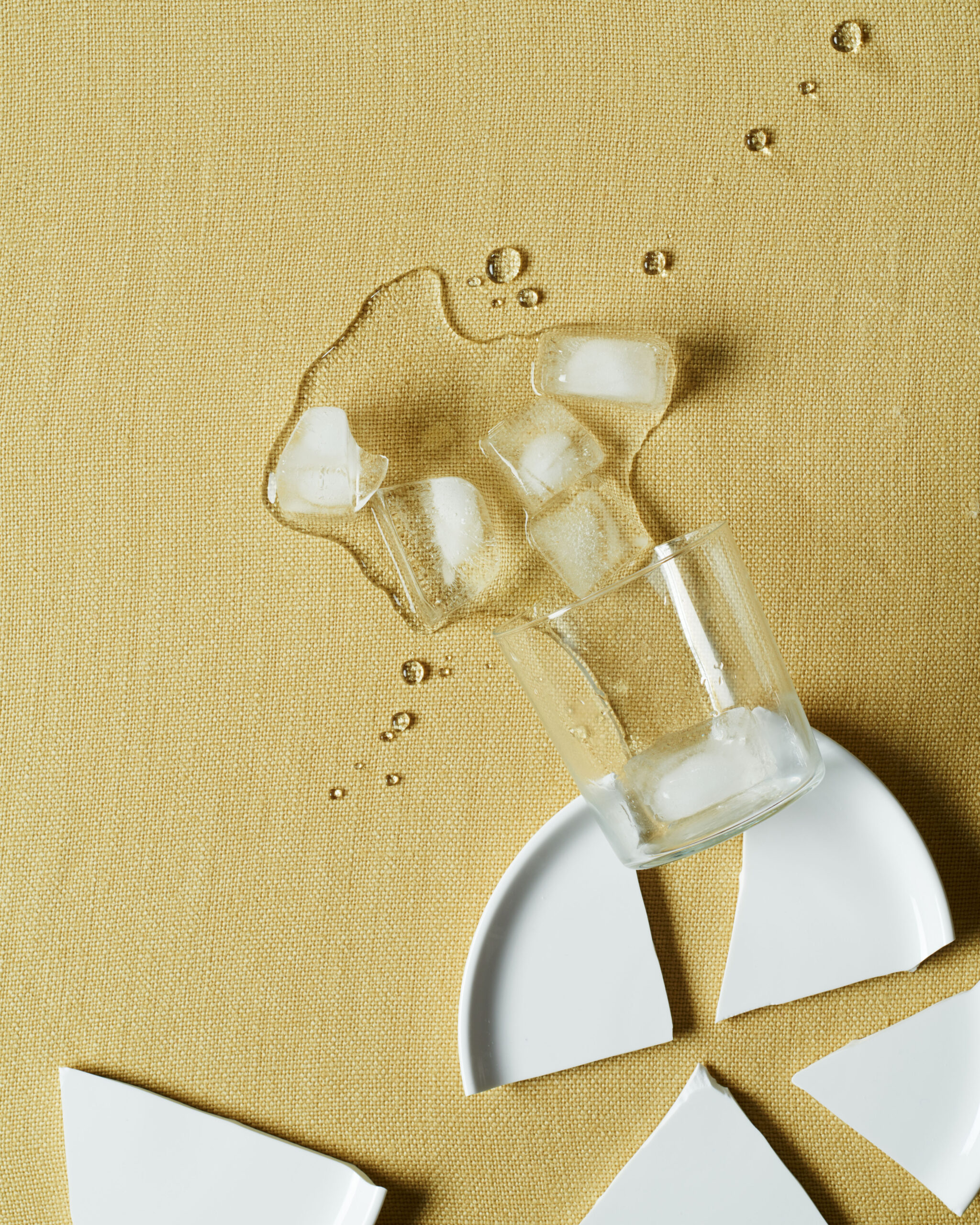
Woven in Italy in a spectrum of 61 gorgeous hues, Piet Performance Linen is finished with stain-resistant Nanotex, so it stands up to anything that gets thrown its way.
Where To Use Linen? Here, There and Everywhere!
Because linen fibers are incredibly adaptable, they can be woven with a great variety of weights, textures and finishes. Linen can be fashioned into diaphanous sheers, breezy mid-weight curtains or heavy drapes. It can be made into durable upholstery or delicate open-weave pillows, and the yarn can be hand-knotted and turned into the finest rugs. Linen towels, linen sheets, linen blankets—all are wonderful. You can even back it with paper and use it as a wondrously textured wallcovering.
Linen fabrics also take well to high-performance finishes like Nanotex, maintaining their sumptuous hand while becoming super stain-resistant (such as our Marco Performance Linen) or super tough (our Piet Performance Linen). Meaning, yes, it’s possible to have a white linen sofa in a house full of kids or dogs (or kids and dogs). We even have a linen that keeps its good looks in the great outdoors (our Savannah Performance Linen).
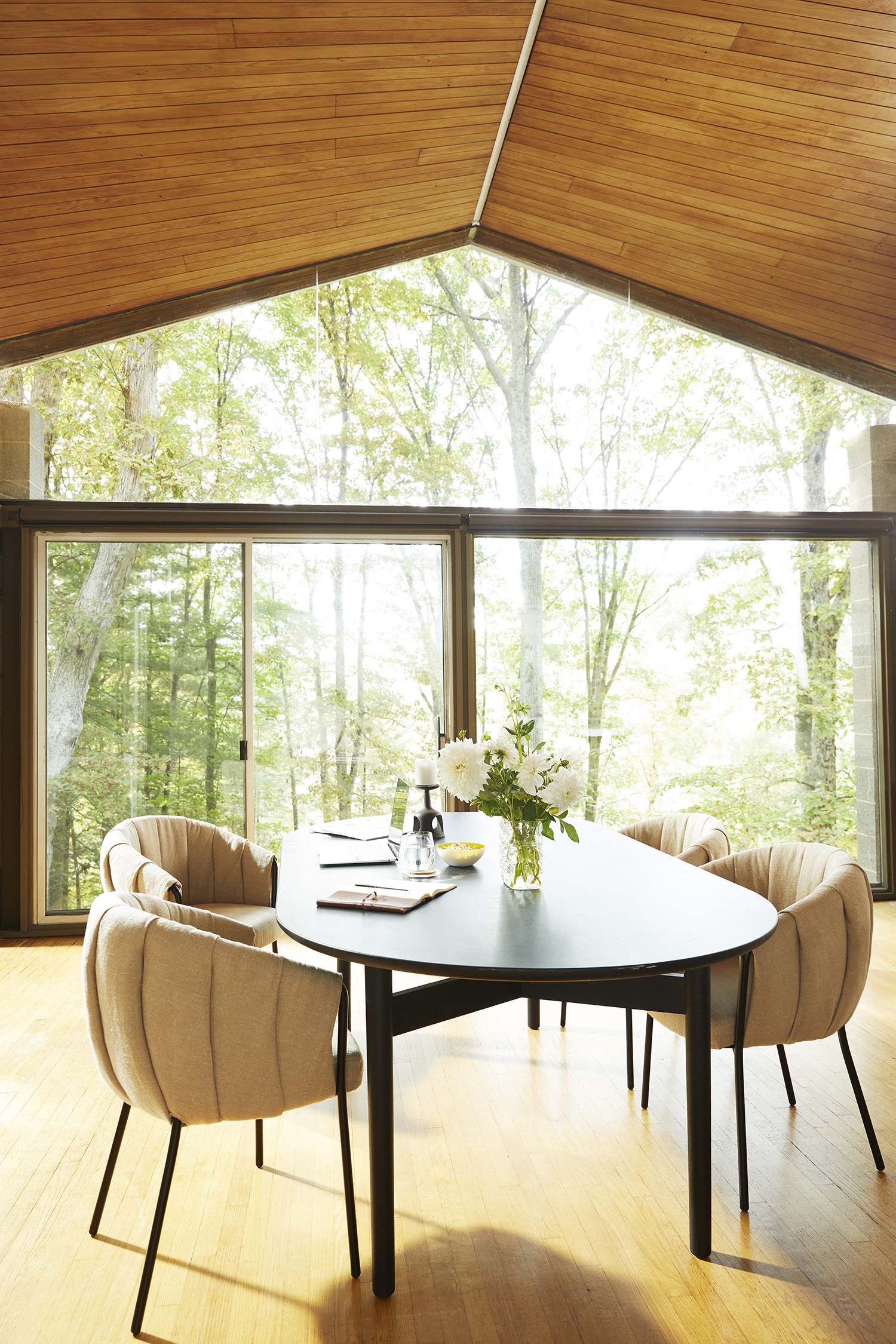
With its beautifully textured hand and stain-resistant finish, our Marco Performance Linen—shown here on a set of Puffin Dining Chairs from our Schumacher Editions collection—is as stylish as it is low-maintenance.
Melanie AcevedoIs There Anything Not To Love?
Depending on how you look at it, linen does have one flaw: Flax thread is not elastic—hence a fabric that’s prone to wrinkling. On top of that, flax thread is difficult to weave without breaking, which is why it’s much more expensive to manufacture than cotton. But the resulting fabric is three times stronger, and many would argue it’s three times as beautiful, too—wrinkles and all.
Explore the full range of linen styles in our Perfect Basics collection >

